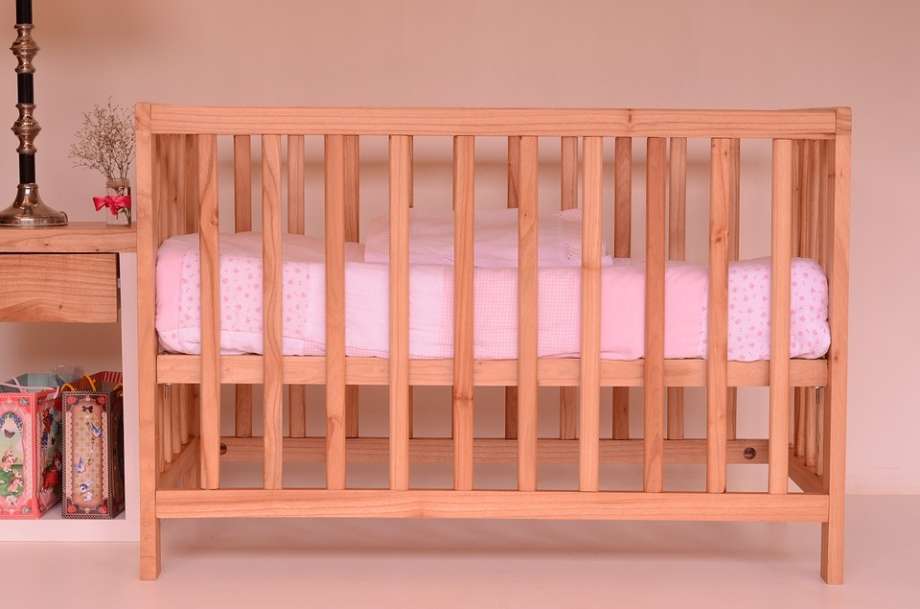How to Buy Organic Baby Furniture

If you'd like to know how to buy organic baby furniture for your child's bedroom, and don't know where to begin—or what to look for—we're got answers. (And, yes, we'll get to the word "organic" in a minute...) Meet mom Susan Inglis, Executive Director, Sustainable Furnishings Council. In this feature, Inglis shares her advice on how to buy organic baby furniture. Read on to learn more!
What exactly is organic furniture?
Well, the question really is, "What you mean by 'organic furniture?" You may be referring to an upholstered chair, or a mattress that is made with an upholstery fabric that is GOTS or OEKO-TEX* certified. Both of these certifications assure customers that the fabric was made in a cleaner process, minimizing pollution from production and minimizing pollution of our indoor environments. The air in our homes, and so the health of our families, is compromised by the proliferation of volatile organic compounds in the adhesives and finishes on our furnishings, as well as in paints, carpet, and so forth. Minimize the pollution of the air in your home by seeking no-VOC finishes.
Why should shoppers be wary of the word, "organic?"
The terms, 'organic,' 'natural' and 'green' are poorly defined and used interchangeably. Any of these terms can be used to describe the general area of 'better' furniture. Ask more specific questions. In doing so, sometimes we find that the 'claim' is not backed by specifics.
What are the benefits of asking so many "what's it made of?" questions about kid's furniture?
The benefits of asking "What's it made of?" extend far beyond the walls of your home. When you choose furnishings that are made nearby of local materials you are reducing the transportation footprint, and helping to address the problem of the proliferation of CO2 emissions. Though it is sometimes more expensive to choose locally made and certified organic or certified toxin-free furnishings, when you consider the long-term health costs for your family and for future generations, it does not cost more.
What chemicals should be avoided when purchasing kid's furniture?
The following are common in children's furnishings: fluorinated staining treatments, antimicrobials, and flame retardant chemicals. Ask the furniture seller: "What is this made of?" Besides our site, useful resources while you are shopping for furniture include: sixclasses.org, ewg.org, ceh.org. (Note: The Sustainable Furnishings Council is currently working an initiative to eliminate the harmful chemicals most commonly found in furnishings.)
As a mom yourself, what advice do you have for your (adult) children, and new moms, about furniture shopping?
In furnishings, PVC is common in outdoor furniture, but also in imitation leather and some performance fabrics. I recommend choosing products made of natural materials that are minimally-processed. Performance fabrics are sold aggressively to moms for the convenience of wiping up a mess, but the chemicals that make a fabric stain-resistant are also harmful to our health, and they are persistent, so will be polluting our earth for a long time. Similarly, antimicrobials, touted as important in the nursery, can cause the development of even stronger bacteria. It's best to stick to soap and water and to let a few stains develop.
Are there any furniture brands you specifically love that meet your needs?
See the SFC Exemplary companies list. Additional questions to ask a furniture seller can be found here.
*According to Inglis, Global Organic Textile Standard requires that the fabric be made with fewer harmful chemical inputs. So the fiber is grown organically and the processing is cleaner. OEKO-TEX Certification ensures that cleaner chemicals were used and that any residue was responsibly disposed of, preventing pollution of waterways as well as of your indoor environment.